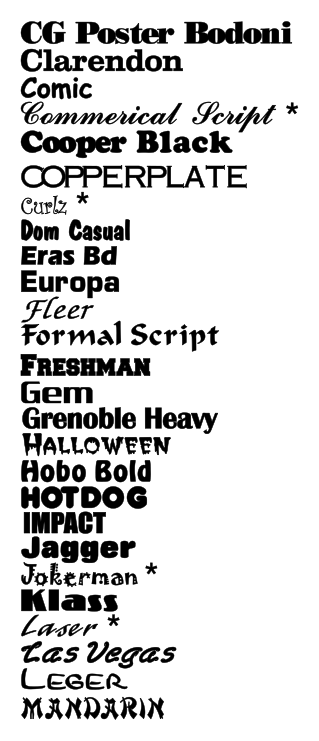

Although these texts are not limited only to offer information directly in an original way, they are characterized by their origin from the two previous types of texts. These are texts that are present in the web medium and that may or may not have literary purposes. This is digital texts, a field that although it has appeared until very recently, gathers a large number of texts that currently do not escape the ways in which we communicate daily. We have this last category, but not less important. This type of text is characterized by using a clear, direct language that lacks literary figures that broaden the interpretation, since it is oriented to the transmission of information for a reading or comprehension aimed at a single plane. They are all those texts that do not have aesthetics or artistic expression as their purpose, but are made with the aim of communicating or providing concrete and specific information in relation to a particular topic, either to expose a set of ideas, provide data of a situation, etc. On the other hand, we have non-literary texts. One of the most important particularities of literary texts has to do with resources, among them rhetorical figures or literary figures that include paradoxes, hyperboles, metaphors, similes, among others. This type of texts are characterized by including a metaphorical or connotative language, human expressions, allegories of realities, among others. We often refer to them as literary works and they are fundamental references in the world of literature. Literary texts bring together a set of texts that are generated for aesthetic or properly artistic purposes. It is important to consider that the organization or classification may vary, since we are talking about a complex and broad artistic field in which many of its structures are still being debated.Ĭonsidering the above, let’s look at this classification of written literature in terms of text types, these are: Literary text

Let us now see which are the modalities within which it is possible to group texts and which, in turn, give rise to other groups within them in which we can identify them according to the purposes of the field, format, among other aspects. However, it is important to consider that each of these text types can take elements from other classifications for their construction, and in this way, achieve their own purposes. Since this definition is very broad, the interpretation of texts should be guided by a classification that allows identifying the purpose of the text, characteristics of its structure and the means through which it is presented. Thus, text types are written documents that facilitate the recording of information, since they are already recorded.

In this case we refer to everything related to the most important division, written literature, which gathers a set of works that are mainly characterized by being recorded and provide, in this sense, content, information or message that is not modified. Literature has been organized, among other categories, into text types.


 0 kommentar(er)
0 kommentar(er)
